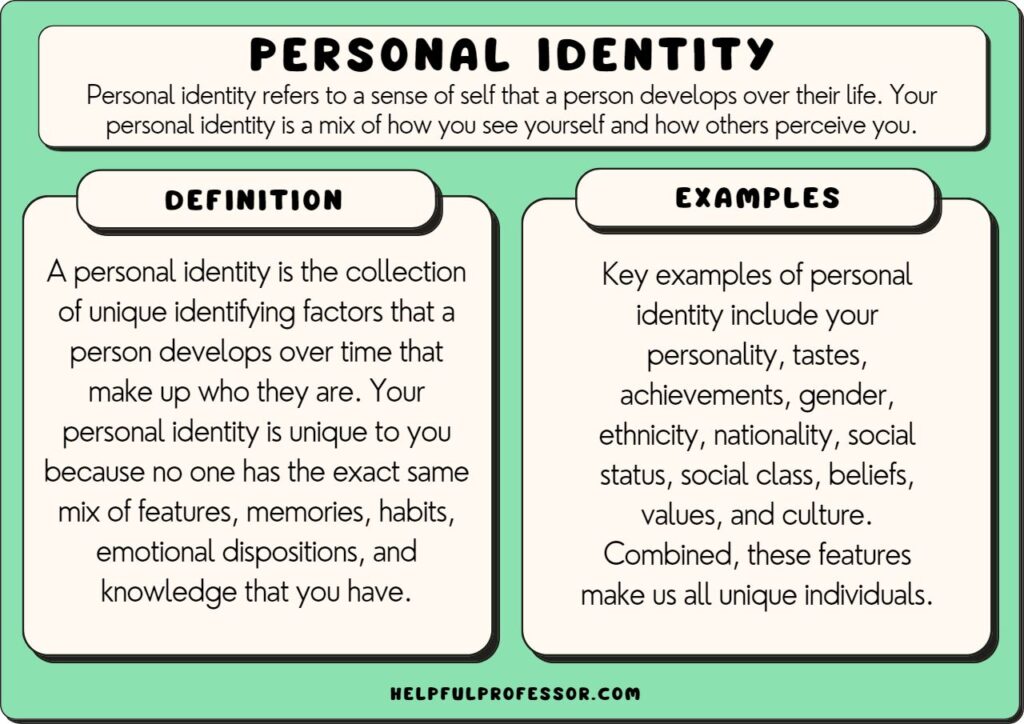
Empowering Future Leaders: Engaging Finance Activities for Schools
In an increasingly complex world, financial literacy is no longer a luxury, but a fundamental life skill. Equipping students with the knowledge and tools to understand and manage their finances is an investment in their future success and well-being. Schools play a pivotal role in fostering this crucial skill set. However, traditional textbook-based approaches often fall short of capturing students’ attention and making financial concepts relatable.
This article explores a range of engaging and effective finance activities that schools can implement to empower students with the financial skills they need to thrive.
Why Financial Literacy Matters in Schools
Before diving into the activities, it’s essential to understand why financial literacy deserves a prominent place in the school curriculum:
- Informed Decision-Making: Financial literacy enables students to make informed decisions about saving, spending, borrowing, and investing.
- Reduced Debt and Financial Stress: Understanding debt management and budgeting helps students avoid financial pitfalls and the stress associated with them.
- Entrepreneurial Skills: Financial knowledge is essential for students who aspire to start their own businesses.
- Economic Empowerment: Financial literacy empowers individuals to participate more fully in the economy and build wealth.
- Responsible Citizenship: Understanding how the economy works and how government policies affect personal finances promotes responsible citizenship.
Engaging Finance Activities for Schools
Here are some of the best finance activities that schools can implement, categorized by age group and skill focus:
Elementary School (Ages 5-11): Building a Foundation
-
The Allowance Game:
- Objective: Introduce the concept of earning, saving, and spending.
- Activity: Simulate an allowance system in the classroom. Students earn "money" for completing tasks or demonstrating good behavior. They can then choose to save their money in a class "bank" or spend it on small rewards or privileges.
- Learning Outcomes: Understanding the value of money, making choices between saving and spending, and learning basic math skills.
-
Needs vs. Wants Sorting:
- Objective: Differentiate between essential needs and non-essential wants.
- Activity: Provide students with pictures or descriptions of various items (food, shelter, toys, gadgets). Have them sort the items into two categories: "Needs" and "Wants."
- Learning Outcomes: Understanding the difference between needs and wants, making responsible spending choices.
-
Classroom Store:
- Objective: Practice buying and selling, calculating prices, and making change.
- Activity: Set up a classroom store with donated or handmade items. Students take turns being the cashier and the customers, practicing buying and selling, calculating prices, and making change.
- Learning Outcomes: Math skills, understanding prices, making change, and basic business principles.
Middle School (Ages 11-14): Exploring Financial Concepts
-
Budgeting Challenge:
- Objective: Learn how to create and manage a budget.
- Activity: Provide students with a hypothetical income and a list of expenses (rent, food, transportation, entertainment). Have them create a budget that allocates their income to cover their expenses.
- Learning Outcomes: Budgeting skills, understanding expenses, making financial trade-offs.
-
The Stock Market Game:
- Objective: Introduce the concept of investing and the stock market.
- Activity: Use an online stock market simulation game where students can invest virtual money in real stocks. Track their investments and learn about the factors that influence stock prices.
- Learning Outcomes: Understanding the stock market, investment strategies, risk management.
-
Entrepreneurship Project:
- Objective: Develop entrepreneurial skills and learn about starting a business.
- Activity: Have students brainstorm business ideas, create a business plan, and pitch their ideas to a panel of judges.
- Learning Outcomes: Business planning, marketing, sales, financial management.
High School (Ages 14-18): Mastering Financial Skills
-
Personal Finance Simulation:
- Objective: Experience the financial realities of adulthood.
- Activity: Use a computer-based simulation that puts students in the role of a young adult with a job, expenses, and financial goals. They must manage their finances, make investment decisions, and deal with unexpected events.
- Learning Outcomes: Understanding real-world financial challenges, making financial decisions under pressure.
-
Credit Score Challenge:
- Objective: Learn about credit scores and their impact on borrowing.
- Activity: Research the factors that affect credit scores and create a plan to build a good credit score. Discuss the consequences of having a poor credit score.
- Learning Outcomes: Understanding credit scores, responsible borrowing, financial planning.
-
Investing Club:
- Objective: Gain practical experience in investing and managing a portfolio.
- Activity: Form an investing club where students pool their money and make investment decisions as a group. Research different investment options and track the performance of their portfolio.
- Learning Outcomes: Investing skills, teamwork, financial analysis.
Tips for Implementing Finance Activities Effectively
- Make it Relevant: Connect financial concepts to students’ lives and interests. Use real-world examples and scenarios that they can relate to.
- Be Hands-On: Engage students in active learning experiences that allow them to apply their knowledge and skills.
- Use Technology: Incorporate technology tools and resources to make learning more interactive and engaging.
- Invite Guest Speakers: Bring in financial professionals to share their expertise and insights.
- Assess Learning: Use a variety of assessment methods to track students’ progress and identify areas where they need additional support.
Overcoming Challenges
Implementing finance activities in schools can present challenges, such as:
- Curriculum Constraints: Integrating financial literacy into an already packed curriculum can be difficult.
- Teacher Training: Teachers may need additional training and resources to effectively teach financial concepts.
- Funding: Some activities may require additional funding for materials and resources.
To overcome these challenges, schools can:
- Collaborate with Community Partners: Partner with local banks, credit unions, and financial advisors to provide resources and support.
- Seek Grant Funding: Apply for grants to fund financial literacy initiatives.
- Integrate Financial Literacy Across Subjects: Incorporate financial concepts into existing subjects such as math, social studies, and English.
Conclusion
Financial literacy is an essential life skill that empowers students to make informed decisions, manage their finances responsibly, and achieve their financial goals. By implementing engaging and effective finance activities, schools can equip students with the knowledge and skills they need to thrive in an increasingly complex world. The activities outlined in this article provide a starting point for schools to create a comprehensive financial literacy program that meets the needs of their students. By investing in financial literacy, schools are investing in the future success and well-being of their students and the community as a whole.



